Scientific Breakthrough: Researchers Create an Everlasting Battery for Electric Vehicles
Korean researchers have developed a hybrid anode that allows batteries to charge quickly without losing capacity.
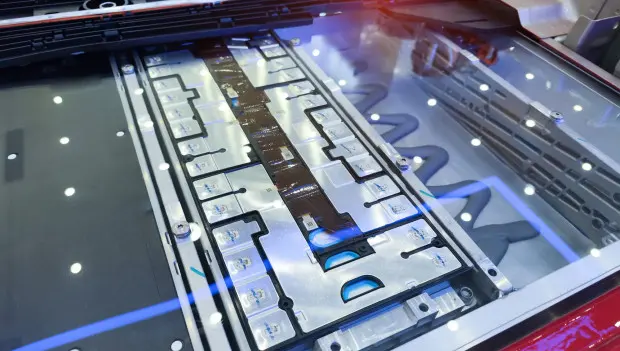
Battery for EVs Lasts Twice as Long: How Scientists Achieved 2,100 Cycles Without Capacity Loss
A team of Korean scientists has engineered a new hybrid anode for lithium batteries that enables rapid charging without degrading capacity. This breakthrough could dramatically extend battery lifespan compared to conventional designs.
According to Interesting Engineering, the new battery cells can endure thousands of charge cycles while retaining nearly all their original capacity.
Technical background
Fast charging is undeniably convenient, but it often comes with a cost — shorter battery life. In modern lithium-ion cells, high charging rates can cause lithium metal deposits, known as “dead lithium,” to form on the graphite anode’s surface. These deposits no longer participate in electrochemical reactions, permanently reducing capacity and shortening the battery’s useful life. Korean researchers have now found a structural way to prevent this degradation.
Their improved hybrid anode combines two materials: standard graphite particles (MCMB) and curved nanosheets of an organic compound called chlorinated hexabenzocoronene (Cl-cHBC). These nanosheets feature nano-scale channels and wider interlayer spaces that facilitate the smooth transport of lithium ions.
During fast charging, lithium ions first move into the expanded channels of the curved nanosheets before evenly dispersing throughout the graphite structure. This prevents the buildup of “bottlenecks” and the formation of dead lithium on the surface.
What the tests revealed
Laboratory tests confirmed the efficiency of the new design. When assembled into standard-format EV cells, the batteries maintained stable performance for over 2,100 full charge-discharge cycles while keeping a coulombic efficiency of around 99%. This means the material is ready for real-world production.
In full-scale battery cells, capacity remained at 70% even after 1,000 cycles. Under high-power charging conditions (4 A/g), the hybrid anode delivered up to four times the capacity of traditional graphite.
This innovation could pave the way for a new generation of batteries capable of ultra-fast charging and extended lifespans. The anode’s manufacturing process can be scaled up and integrated into existing battery production lines. Moreover, the chemical versatility of the curved nanosheets makes the technology adaptable to other battery chemistries, such as sodium-ion systems.
You may also be interested in the news:
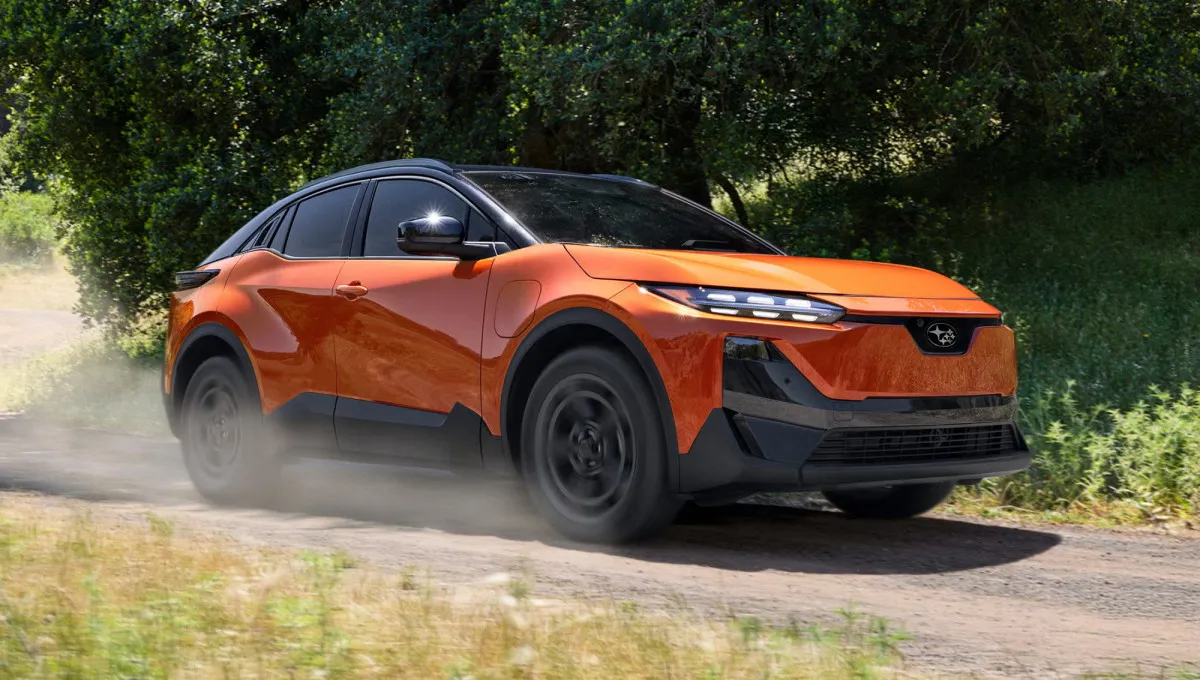
Subaru Unveils the Uncharted, Its First Front-Wheel-Drive EV in Decades
Subaru this week revealed the 2026 Uncharted, marking the brand’s first front-wheel-drive model in several decades.
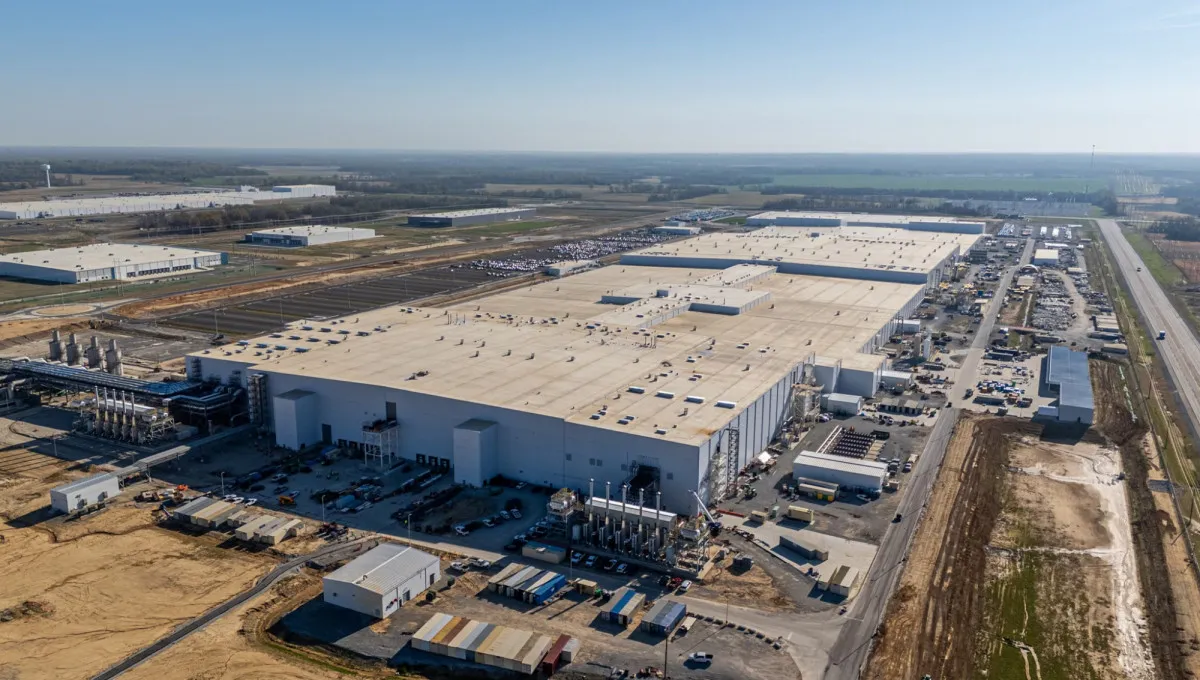
Ford and SK On Restructure Battery Partnership, Shifting Control of Key U.S. Plants
The restructuring of Ford and SK On’s battery partnership will reshape responsibilities at key U.S. plants and shift operational control.
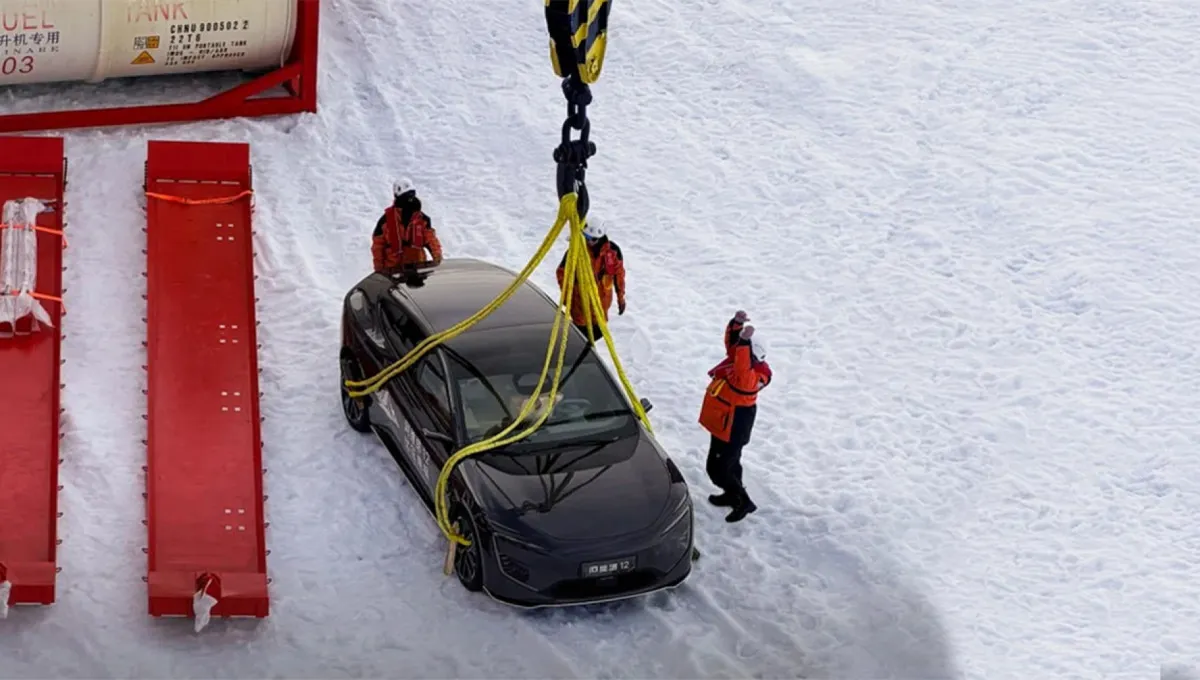
Avatr 12 Undergoes Testing in Antarctica: Stunning Photos Released
The Avatr 12 electric vehicle has reached the shores of Antarctica for the first time.

Volkswagen Hands China the Keys to Its Future: First Model on the New CEA Architecture Debuts December 31
Decisions that once came straight from Germany will now be made in China.
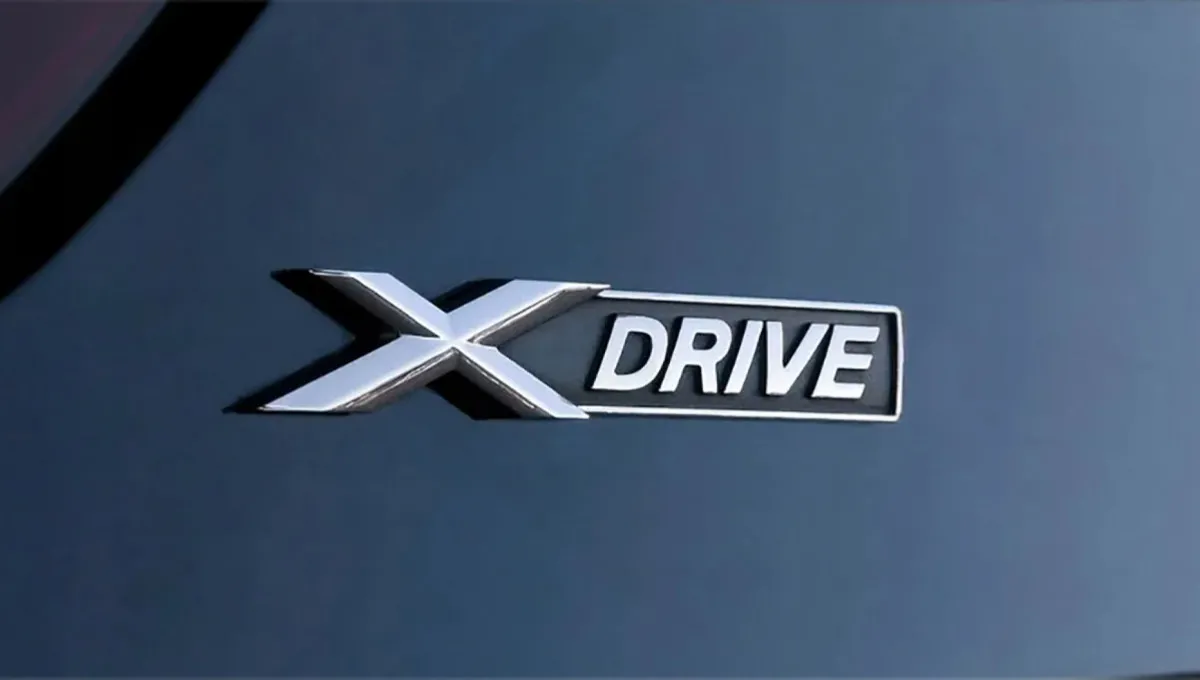
New BMW iX3 Stuns With a 500-Mile Range and More Affordable Trims on the Way
For now, only one version is available.